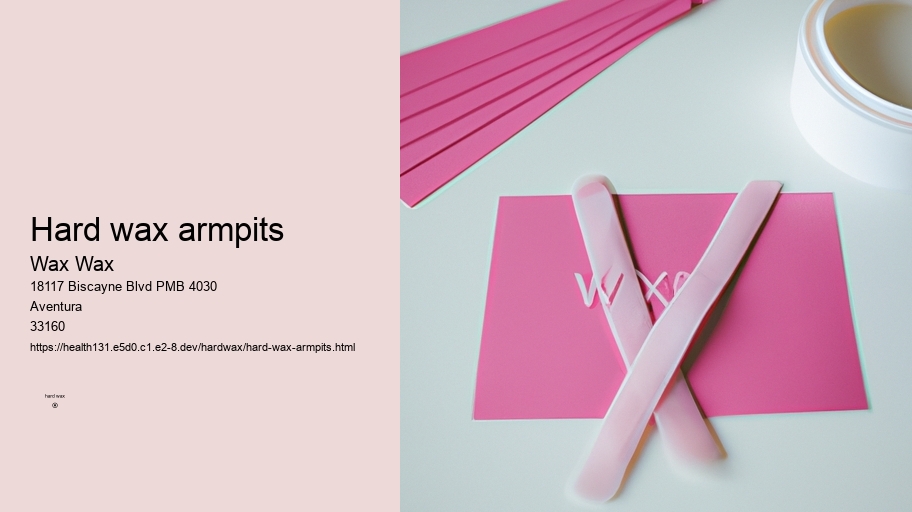

3. Is it recommended to do a patch test before getting waxed with sensitive skin?
1. What type of wax should I use for at-home waxing?
Aftercare and maintenance tips
Get the best hard wax products from Wax Wax.Over time, consistent waxing can lead to finer and sparser hair growth in the treated areas. This means that as you continue with your waxing routine, you may notice that your hair grows back softer and thinner than before - making it easier to manage!
Types
Professional waxing services typically offer a higher level of expertise, use better quality products, and can provide a more thorough and precise result compared to at-home treatments.
purple waxingReduced hair regrowth
2.
Frequently Asked Questions
Tips for Maintaining Smooth Skin Between Waxing Sessions
3. How does the pain level compare between DIY and professional waxing?
Overall, waxing remains a popular choice for hair removal due to its effectiveness and longer-lasting results. The practice continues to be refined with new techniques and products being developed to improve the experience for those seeking smooth and hair-free skin.
While everyone's pain tolerance varies, some discomfort is normal during a bikini wax. However, many find that the more they wax, the less painful it becomes over time.
This article is about the process of hair removal. For the increase in the Moon's apparent shape, see Waxing and waning . For the covering of fruits in wax, see Fruit waxing .
Waxing is the process of hair removal from the root by using a covering of a sticky substance, such as wax, to adhere to body hair, and then removing this covering and pulling out the hair from the follicle. New hair will not grow back in the previously waxed area for four to six weeks, although some people will start to see regrowth in only a week due to some of their hair being on a different human hair growth cycle. Almost any area of the body can be waxed, including eyebrows , face, pubic hair (called bikini waxing or intimate waxing), legs, arms, back, abdomen, chest, knuckles, and feet. There are many types of waxing suitable for removing unwanted hair.

Start by cleansing your skin with a gentle cleanser suitable for your skin type.
Hormonal changes, medication, and genetics can all influence how quickly your hair grows back after a waxing session.
The modern practice of waxing has evolved over time, with different techniques and types of wax available. Strip waxing, which uses a thin layer of wax applied to the skin and removed with a cloth or paper strip, is one common method. Another method is stripless waxing, where hard or film wax is applied directly to the skin and removed without the use of strips.
wax hard wax6. How do I care for my skin after at-home waxing?
Understanding the Different Types of Wax for Hair Removal
Both aloe vera gel and tea tree oil can be used together for maximum benefit post-wax. hard wax for facial waxing Simply alternate between applying the two products throughout the day to keep your skin smooth, hydrated, and free from irritation. Remember to continue using these soothing products regularly between waxing sessions to maintain healthy and radiant skin!